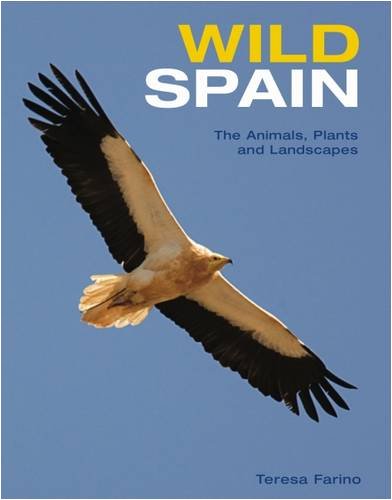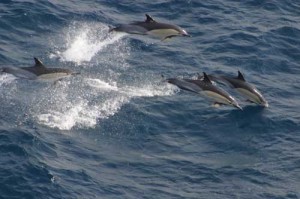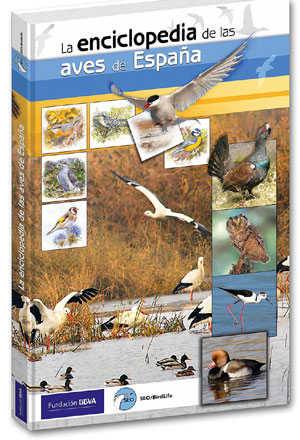
Teresa Farino, iberianatureforumer and probably the most knowledgeable English guide to Spain’s flora recently published her latest book: Wild Spain: The Animals, Plants and Landscapes. This is something I would have liked to have written but she beat me to it, so fair play to her. An essential read which you can buy from our Amazon bookshop at no extra cost here.
Here’s the blurb:
Spain is one of the richest countries in Europe in terms of flora and fauna – its mammals include wolves, bears and the endemic Iberian Lynx, it has the highest number of breeding bird species in Europe, some of the best butterfly sites and an outstanding array of wildflowers. The range of habitats is vast, from the snow-capped mountain peaks of the Pyrenees through evergreen forests, olive groves and wood-pasture to freshwater wetlands and the arid sub-desert of the south. Few other European countries can rival its appeal to those interested in wildlife and the environment. “Wild Spain” celebrates the landscapes and natural history of this surprisingly diverse country, including the Canaries and Balearics. Expert naturalist and landscape historian Teresa Farino examines the geography and climate, the many different habitat types and the remarkable variety of wildlife, including the many endemic species and impressive list of rarities for which Spain is a last refuge. More than 230 superb colour photographs bring alive their dramatic world. The past 20 years have seen a revolution in Spain in terms of wildlife conservation and environmental awareness, and the final section of the book looks at the country’s protected areas, the development of green tourism and where to watch wildlife.
One customer has written:
This is a wonderful book, containing many superb photographs of Spain’s tremendously varied wildlife by a well-known photographer of many years experience who lives in Spain. However, it is not just a picture book (like so many photographic books are), but a detailed and authoritative guide to the habitats and fabulous and often unexpected fauna and flora of Spain. It is currently the best book available on Spain’s wildlife and habitats in terms of the type of information it provides, and an absolute visual delight. Thoroughly recommended.
When Teresa isn’t writing books, she does these very popular tours with her outfit Iberianwildlife.

